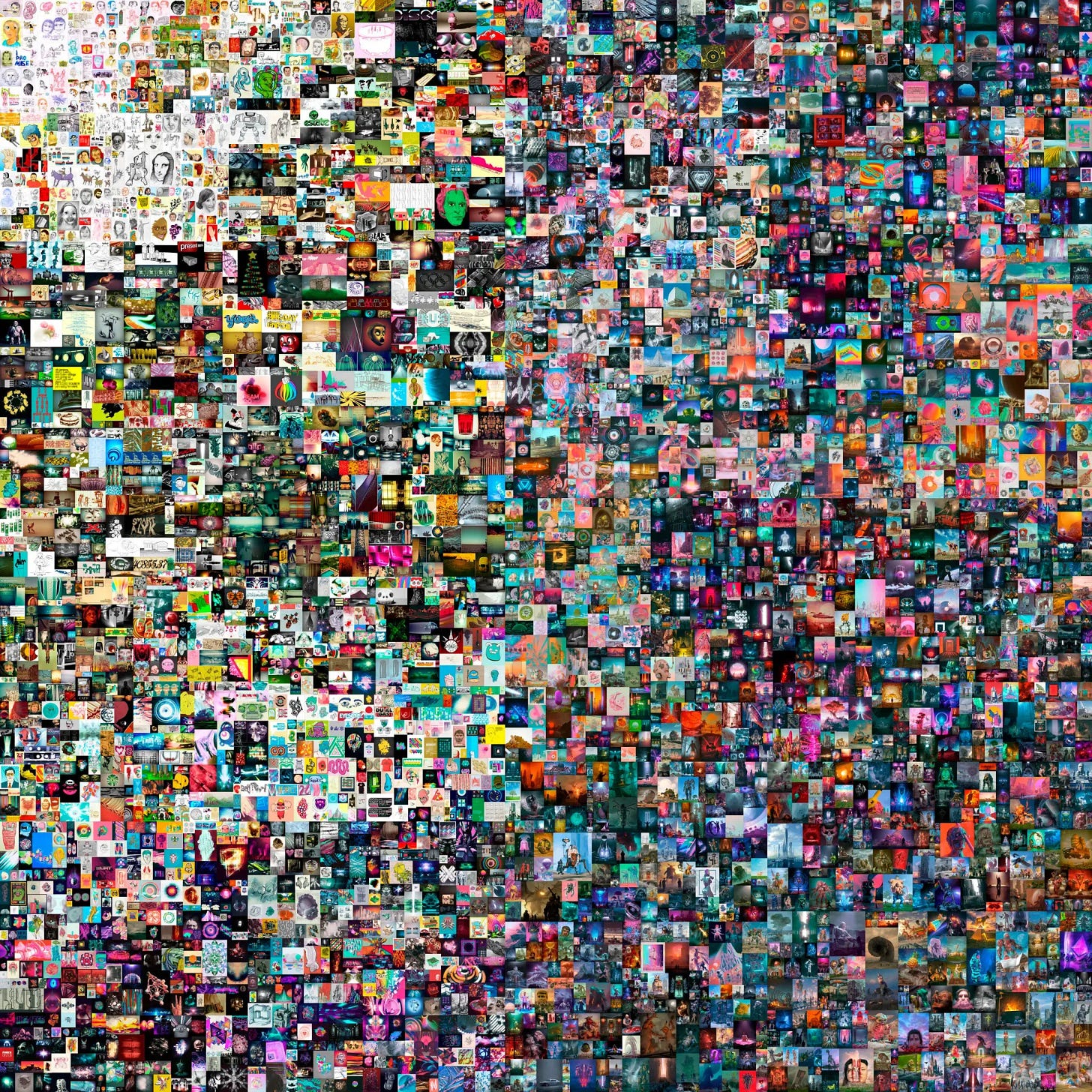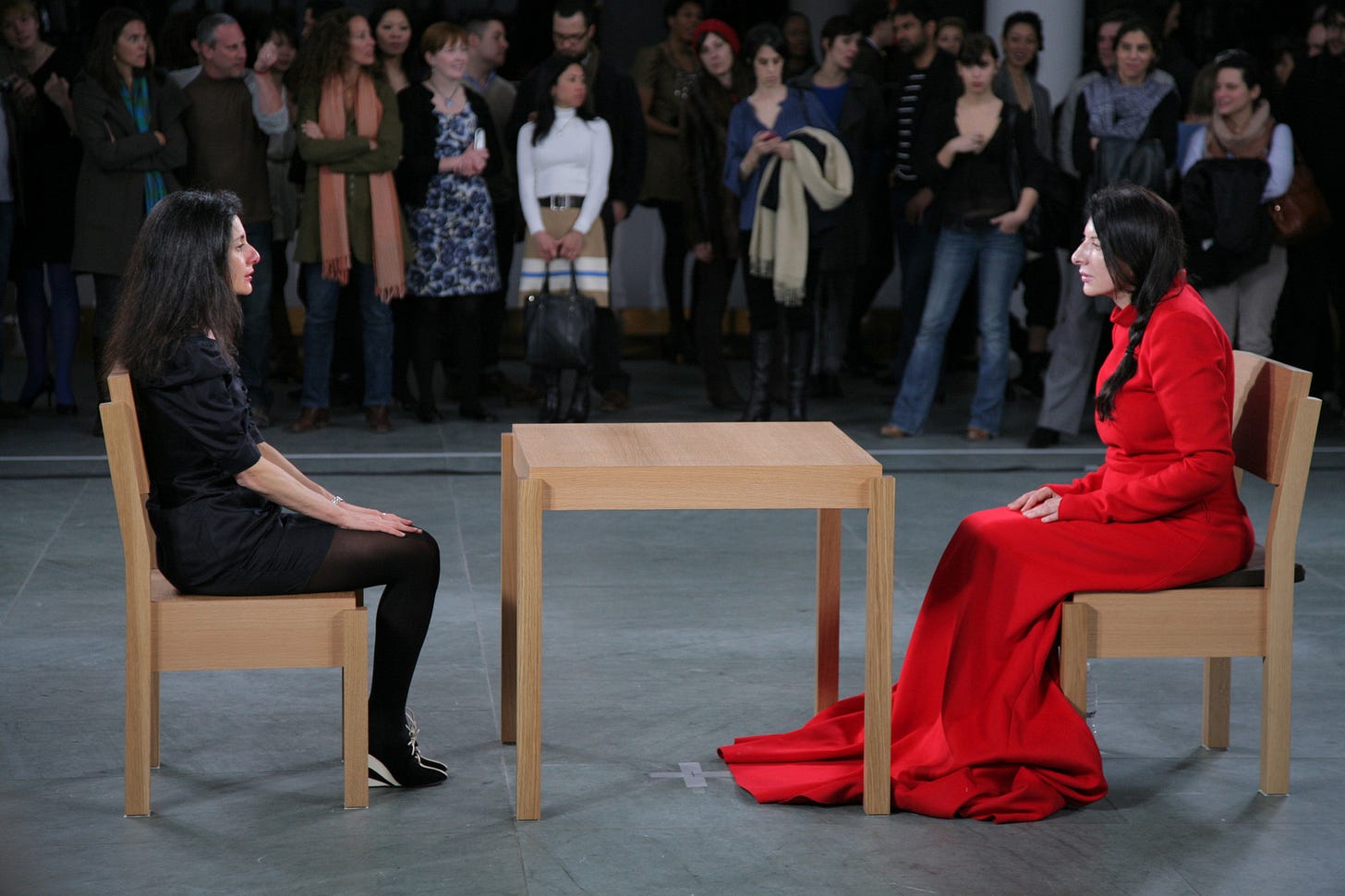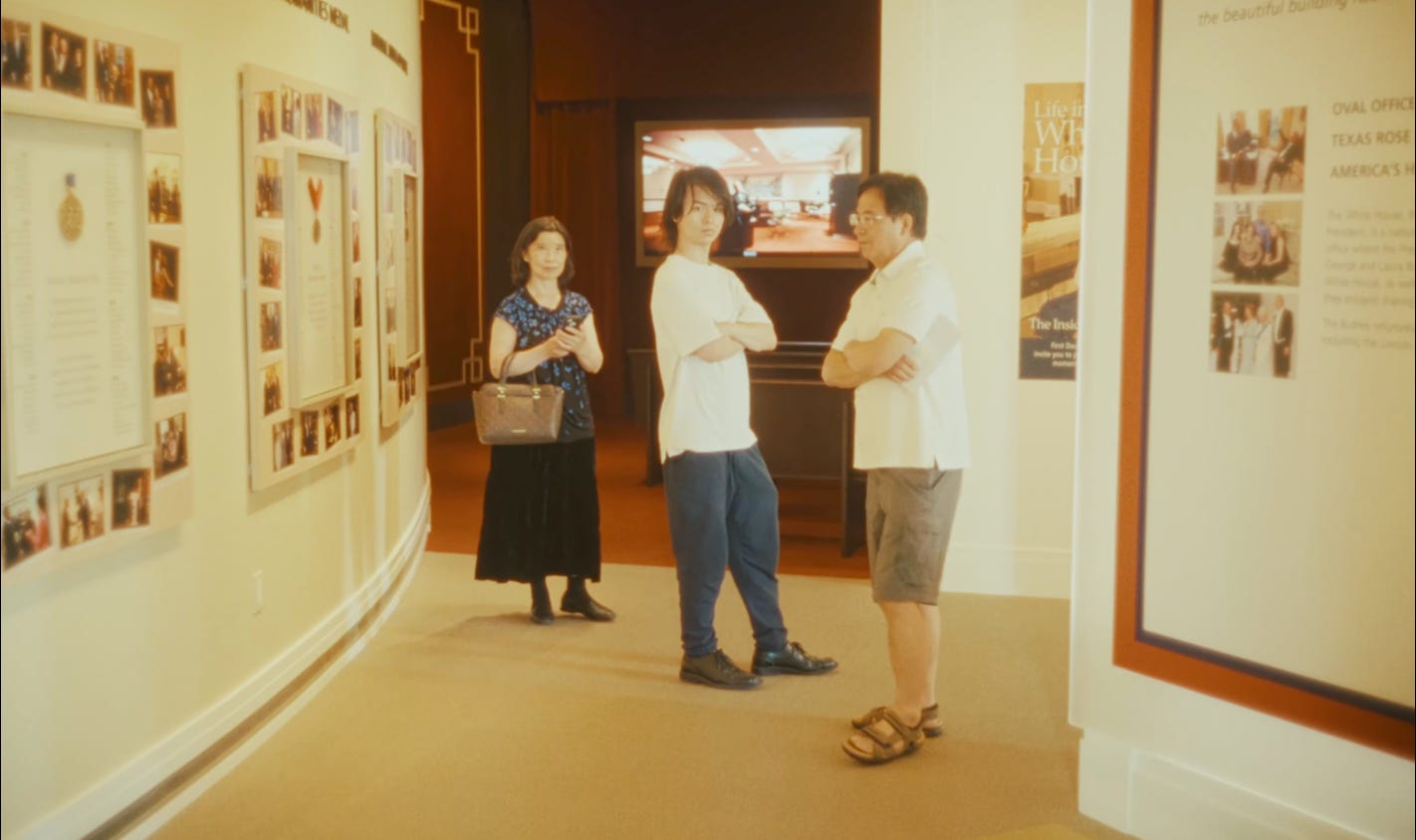In landlocked Manhattan, Kansas, there’s a beach museum and it’s not even the second strangest museum in the 50-thousand-person, college town nicknamed The Little Apple.
Admittedly, the art museum is named after Marianna Kistler Beach and it’s not bad, especially for a free place to check out all kinds of art on the Kansas State University campus.
The second strangest museum in Manhattan, less than two miles away, is the Grass Museum.
Again, my nickname is a little bit of a lie, but less so.
The Flint Hills Discovery Center is a 35,000-sq. foot science and culture museum dedicated to the history of the Flint Hills.
It’s a grass museum.
But the strangest, and newest, and most expensive, spot on the art scene is the museum of light. Or, again, more accurately: The Museum of Art and Light (stylized as MoA+L).
The first floor is a temporary exhibit dedicated to Pierre-Auguste Renoir and is a hypnotic, floor-to-ceiling immersive spectacles where paintings sometimes blink and vague opera music keeps you on-hold indefinitely.
I imagine Pierre-Auguste Renoir would have gotten a kick out of it, though he probably would have preferred getting more of his paintings chosen by Salon juries in the 1860s.
It’s no insult to say a man’s goals may be different than the acclaim he receives, though I will come back to this.
The third floor has an eclectic mix of traditional art styles and eras, collected by the Museum founders. Like most art museums, I do approach these displays with some grumbling cynicism. We are paying to visit someone’s investment.
Fine art has long been a portfolio staple of the Millionaire Class, with each investment piece of art appraised, auctioned, sent around the world for display, re-appraised, auctioned again, and so on. This critical assessment of the art world isn’t unique to MoA+L, but rather one of my gripes with a medium I struggle to understand.
I want there to be art museums because I like art museums— in theory, universally. Visual arts can shake people from monotony and complacency. An image can create a feeling, idea, or entire belief system. Art can be telepathy.
But a Rembrandt on loan is also making someone money and I always hesitate complimenting the generosity of art patrons who can also use the appreciation of something they didn’t create to buy whatever it is they really want— like the New York Jets, for example.
I understand there’s also an aspect of investing in the arts (or museums) as a way of buying immortality. We don’t build pyramids to our pharaohs anymore, but maybe a Nicholas Adams Library will make people think I’m important two hundred years from now. I get it the appeal. But understanding is not condoning.
Again, this is nothing specific to the third floor of MoA+L. It was on the second floor, that I really struggled with articulating my unhappiness.
The second floor is a gallery of digital art, highlighting AI, blockchain, NFTs, and Web3 technologies.

I’ve been looking at AI art since at least 2022, not unlike how I might look at a difficult-to-identify piece of roadkill. And for the sake of my own mental health, I have not engaged in too many discussions on the merits of AI.
Not wanting to miss an opportunity for irony, I asked ChatGPT about AI art and it was able to summarize real-people’s points (up to October 2023).
When I think about AI art, I don’t really find myself comparing it to movies replacing theater or photography replacing paintings. Instead, I think more about:
-tapestry weaving
-vaudeville
-Gregorian chants
-epic poems
-pulp magazines
-ivory sculpting
Basically, art forms that have gone the way of the dodo for one reason or another.
Maybe “AI-assisted” art takes time. Maybe the “in collaboration with AI programs” means the pieces on display in MO+AL were not first drafts spit out by a single text prompt. Maybe.
I would need an AI artist (or AI art critic) to walk me through the differences of quality between multiple pieces of AI-generated art for me to have any vocabulary on the spectrum of AI-generated art. I’m only guessing a spectrum exists at all.
Because, right now, when someone tells me an AI-generated art piece took even three hours to produce, I assume that person started typing a prompt on their cell phone, fell down a well, got stuck there for 2.5 hours, got rescued, finished typing their prompt, and hit “ENTER.”
Is that mean? Sure. But, I didn’t like movies before watching Fantasia (1940) sometime around 1992, so I’ll remain open to the idea that I just haven’t seen or experienced a life-affirming piece of AI art yet.
I grant you that art can be less “creation” and more “selection.” An artist should, in theory, be able to make art by deciding what AI-assisted art to include in their collection or portfolio.
However, away from the art, but still on the third floor of this very museum, I saw a sign make a good summary of a feelings I was circling.
The sign read:
“Creativity takes courage.” - Henri Matisse
Interesting. My knee jerk reaction is to say AI art doesn’t require courage, therefore it’s not creative. I suspect an AI artist would say using AI and subjecting oneself to the type of criticism spilled here is courage. Not everyone can stand up to the firing squad of my literary criticism.
And, of course, courage isn’t everything. Some asshole trying to jump his skateboard across the Grand Canyon isn’t exactly David Hockney— though he might make a Jackson Pollock.
And what takes courage from one person doesn’t require courage from another. Being a lunatic isn’t the same thing as being an artist (at times).

There was a piece of art I viewed, or rather experienced, last year and it contrasts nicely with AI art. This is Dan Chen’s short documentary, You’re Too Sensitive.
Here’s a director's statement on the movie as well.
We have here a short film, a short documentary no less, that had/has no broad commercial viability (nature of the medium), funded out-of-pocket, for an audience of potentially no one.
Beyond that, the production required Dan to sacrifice engaging in family discussions to maintain a fly-on-the-wall perspective during tense conversations.
Most people have seen their families fight. Most people can hold a camera. Some people are able to hold empathy for multiple parties when feelings are hurt. Very few people can do all of this at once. Dan’s doc is brave as hell.
It’s audacious. It’s unique. It’s powerful.
From there, we can have a discussion regarding the art piece on it’s artistic merit. We get to ask questions like:
-Does it shake you out of complacency?
-Does this creator (Dan) control our emotions as intended?
-Did he do so via unique means and methods?
A moment which really sticks out to me, is the single, 26-second shot of the family at the George W. Bush Presidential Museum and Library, starting around the 2:20 mark.
The sound, coming from the farthest background, is a bouncy, diegetic number scoring a biographical snippet on Bush 43— specifically his sense of humor. Along with the Commander in Thief (y’all remember that one!?) fumbling his way through a one-liner, the background score lets Fang (or “Mom”) do a little jig. Tony (“Little Brother”) and Ming (“Dad”) silently ignore both attempts at levity.
It’s a funny moment and it’s what helps make the heart-breaking moments heart-breaking. Emotional variety is required in a good story.
I tend to default to 85% comedy, 10% drama, 5% comedy in the course of a story, but that’s more of a starting point than a rule.
I also find it endlessly frustrating that the most serious comedy will always win more awards than the funniest drama. Such is the difference between The Bear and Better Call Saul. I’m not above doing another rant about the politics of categorizing genres and the game-ification of awards season.
In any case, the emotional variety contained within Dan Chen’s 12-minute documentary helps make the work extraordinary. It also shows what AI art cannot.
Tapping into truth is hard.
I’m not sure if tapping into truth is the only way to make art, but it’s a damn good starting point.









Appreciate you man. Another movie quote I've been thinking of when I think about art:
"Puppets, Maxine. You see, it's the idea of being inside someone else's skin and seeing what they see and feeling what they feel."
"Yeechs!"